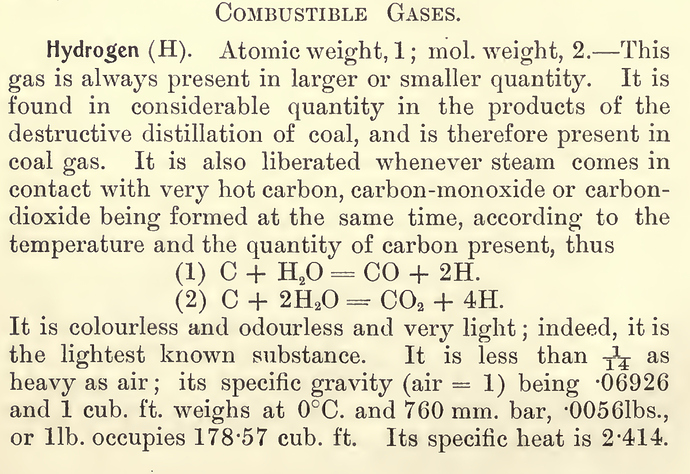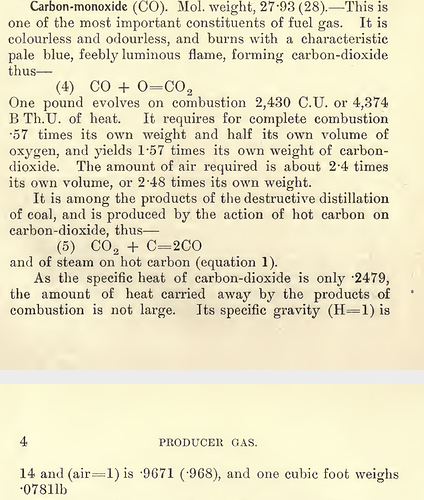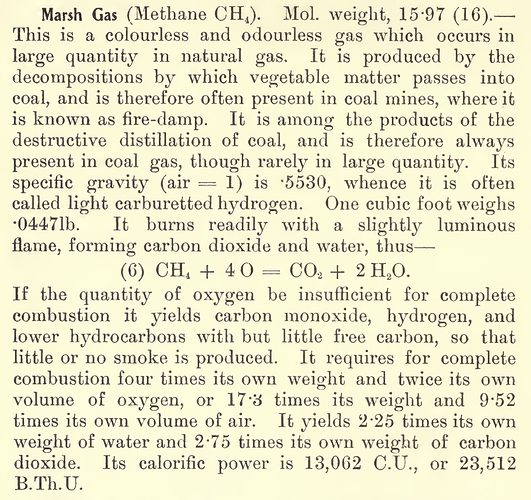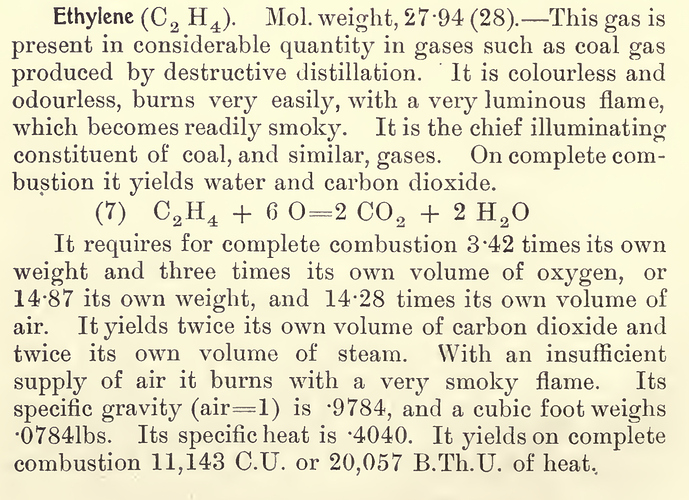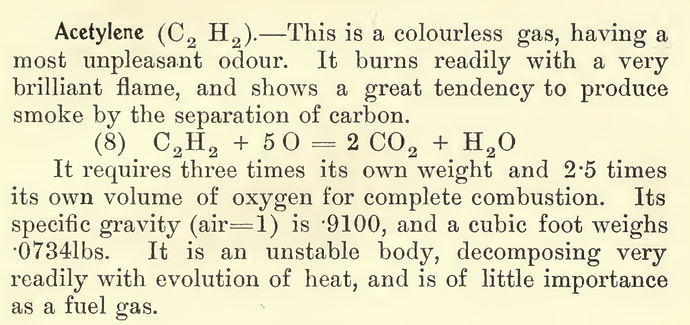Im only half way into this video, but everyone experimenting with wood gas needs to see this video. This is the most in-depth explanation of hydrogen combustion I have seen. Also those folks that think the flares need to be “Blue” you can point them to this video as this video shoes very good example of H2 burning.
This one is 100% pure CO
and this one have water injected with gasifier
Have waterdrip
No waterdrip
It depends whats in the water as minerals. It depends also whats in the Hydrogen and oxygen tank, as they are never 100% pure
Most HHO generators use sodium to make the water more conductive…
Some sodium molecules go with the HHO…
Some HHO generators use high voltage only…
Pure Hydrogen have a pale blue color… Pure CO have deep blue
I disagree, Ive built very advanced HHO Cells and have burned lots of pure HHO. I used KoH with distilled water. Ive never seen it burn blue. Always an orange color However if you lean Hydrogen out it will turn blue. Almost all gases will turn blue leaned out.
This cell is now at an alternative energy program on a US military base in Germany. It is extremely efficient and produced zero heat running at 20 amps 14.5 volts.

Yeah that guy acting like the little balloon was a big explosion. Hahahha. That aint nothing compared to what I did with this cell. We fill garbage bags with it.
So if you take in consideration of oxygen leaning, take in his complete explanation of stoichiometric of H2 and O2 and then factor in all the other gases that make up our wood gas. The oxygen leaning will make sense. When we factor the H2 in the wood gas, lets just say its H2 is 15% now in an open flare, (non projected) This is a lean mixture so you are are going to see a blue flame. . Even though this is a gas mix his explanation still holds but the gas mixture is diluting the already weak 15%. As you increase the H2 yield you start to see color change like in the one video you show with water drip it became violet and nearly white.
If you have a blue flame, turn up your blower I guarantee it will change color. (wood gasifier not charcoal) charcoal will turn white with a high yield of H2
Here is the latest video from our friend Steve in New Zeeland. Note the flare before and after filtration. Note the velocity between each scenario. I dont buy the filter is doing anything. Every video Ive seen showing before and after filtration the gas velocity is always changed. The filter bogging down the gas flows will lean out the mixture. Your deceiving yourself if you think a filter is getting your tar out.
Also sodium is a byproduct of both wood and charcoal gasification.  This is why we cant use aluminum as it reacts with it. Hydrogen is the byproduct of that reaction.
This is why we cant use aluminum as it reacts with it. Hydrogen is the byproduct of that reaction. 
We did flame tests in high school chemistry. The results are never that dependable in real life situations because it doesn’t take much in the way of impurities to create a dirty orange flame.
I will say everytime I use my gas stove lately I am shocked at how dirty the flame is. Over the last decade or so the impurities in the USA propane supply system have gotten much worse. I suspect that fracking is accessing less pure sources of natrual gas.
But clean Hydrogen still burns orange In an open atmospheric flare. This does not even offer a color for hydrogen. Ive never seen a rocket launch with a blue flare and that is very refined Hydrogen. The sun in our sky is orange 
Our gasifiers are simply not going to supply cleaner H2 than an electrolysis machine. Especially one using clean non contaminated electrolyte.
With woodgas I always thought soot had something to do with it.
Look at 6:15 min, before and after filtering.
I took some snapshots from old lecture:
They give some indication on gas flame color.
My personal experience is quite similar.
But also, if some pollution is present, color changes…
Oops, i have a color refractometer as well… 
What kind of filter does Vesa use?
yes absolutely, soots and tars will also change the color to orange and yellow. However, they are generally not as transparent with different flare characteristics. Also if you are not seeing the mist from hydrogen combustion then you are not seeing hydrogen. When Hydrogen is oxidized it is reforming back into water.
So recapping on this; this was more to learn about combustion of Hydrogen. I thought the explanation he gave here was very informative.
Ok so we have an article that states H is pale blue when oxidized. Your are creating H2 and H2s and neither form of production is it pure, there are still other things attached. My point is just because your flare has orange in it does not mean its dirty or full of tar. You do not need a perfect blue flare to show engine grade gas.
So some how the dirty internals of a gasifier is going to produce clean blue H2 flare and an electrolysis machine using 316L stainless steel with KoH and distilled uncontaminated water that was put together after sterilizing and wearing rubber gloves can not?? I think more investigation needs to done here.
If youve used an acetylene torch, youve seen how it is in an open flare with out oxygen, its orange and very dirty. Then you turn up the O to it and it will change its color, keeping adding and the orange goes completely away. You can do this same thing with H2 and producer gas. If you have never played with a speed control on your blower, this maybe of interest. I do have a very powerful blower now and I also have a speed control, I will do video to demonstration flare color changes at varying flow velocities and volumes. The flare will change as flows are changed. I can make just about any gasifier produce a blue flare using this.
I think he uses socks of some kind of high temp fabric, similar to @Patrick1’s setup. I bet @gasman knows.
Silica fabric can handle up to 1800*f
Edit I just ordered some, since the new power units have the exhaust system removed from the fourth tower, I had planned to use this as additional filtering. I ordered a 36 x 36 in sheet. This fabric is very tough stuff!!
Nice, thanks for sharing @Matt
On that subject, I found some surplus Nomex Aramid filter socks (8" diameter, 8ft long) being sold for almost nothing…so I grabbed them thinking it would be nice for experimenting/cutting up into smaller lengths. The material is very stout, felted, very breathable, and rated to 600F/315C, so definitely usable after a cyclone or anything that drops the gas stream temp a bit. Verdict: TBD. If anyone wants one…send me a direct msg.
these 2 small words from Matt “I can” and combine them with “coz I DO”.
Matt, amongst many out there, you’r a person DOING things, therefore you can and accomplish a lot of things. I envy thy spirits and skills…
On the other end of the scale, you’ll find persons as myself, doing less, talking more…
Benefitting from tech knowhow, tools at my disposal to measure things and to question outcomes…
I am learning, endlessly, even during writing words in this, for me, foreign language, hoping that i am doing this right, hoping that i am choosing the right words to encourage others to do their own thing… to see and experience things themselves, to have them succeed where i might fail…
Its not about blindly believing if its true or not, the doing it yourself will teach ya how easy or how difficult it was to achieve things done by others…
back on track: gasses are fun to play with, to learn from.
Most important: how to avoid content that could harm your engine, how to preserve content that benefits the performance of your system… each person is entitled to his own opinion on what they consider being the best… solution, way to do, filter type, flame color…
And factual, i could not agree more with any finding or observation made by others, but …
It does not oblige me to do the same…
I challenge my self to DO and THINK different, study old books and put things to the test…
Most of the time, if i express my self in an opposing way, it indicates that my personal findings or knowhow is different than being expressed by others… not meaning that others are wrong, just teasing to think more , or re think, about the subject in question…








